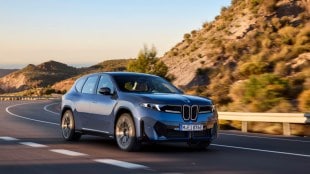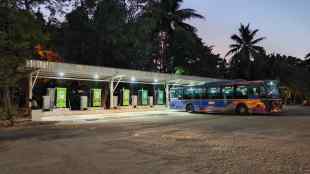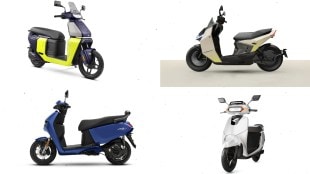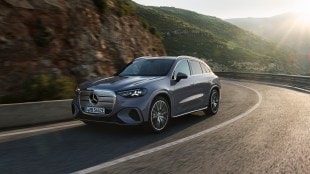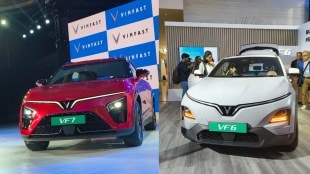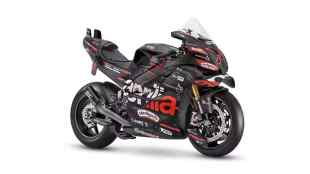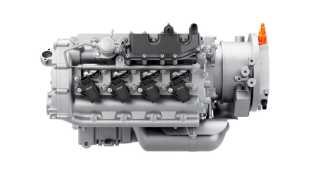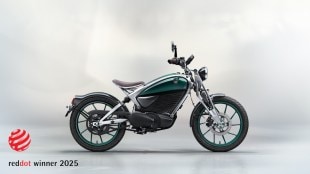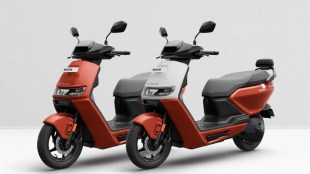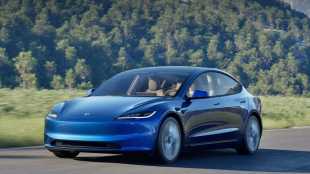The Delhi Government’s draft EV Policy 2.0 seems to be the final nail in the coffin for petrol and diesel-powered two-wheelers and even three-wheeler CNG autos. The draft also has taken an aggressive target to achieve 95% of new EV vehicle registrations by 2027. The writings on the wall as the government is seriously falling short of its aim to achieve 25% of vehicles electric by 2025 as the data shows only 13- 14% has been met. We take a look at how this will affect your and my wallets.
Doomsday for ICE two-wheelers
Can you imagine India’s best-selling two-wheelers like Hero Splendor and Honda Activa illegal to ride on the roads as they are petrol-powered? Well, that day is coming soon thanks to the new Delhi EV Policy draft. If it gets approved then one will not be register ICE or CNG vehicles from August 15, 2025, which is barely four months away. There are also questions about how long existing ICE two-wheelers will be allowed to ply in the national capital. The sword also hovers the CNG-powered Bajaj Freedom, which made its debut last year.
With the draft sent to the cabinet for approval, now the spotlight is on the two-wheelers for providing better range, more accessible charging network and improving the servicing experience. The good news is that this will help customers cut down on fuel and maintenance bills provided the EV two-wheelers manage to vanquish range anxiety.
Curtain down on CNG autos
The new Delhi EV Policy aims to end CNG-powered three-wheelers, which is going to be a big blow to public transport. The draft mentions that CNG permits will not be renewed after August 15. The renewal permits will only be granted to electric-powered vehicles and the current auto drivers can opt for an EV conversion.
Pratik Shah, Partner, EY-Parthenon explains the pros and cons of the upcoming new EV policy. He said, “Delhi sold close to 4.5 lakh two wheelers in FY 25 with EV penetration of around 6%, while in 3W segment Delhi already has an EV penetration of over 90%. With aggressive targets to ban registration of petrol 2W from Aug 2026 and CNG run 3W from Aug 2025, this will have significant impact on OEMs and their dealer networks with larger concentration in these segments. On the flip side, this gives a significant boost to faster electrification, building charging eco system and higher employment generation. If successful, this can act as a model policy for other states to follow.”
Expansion EV ecosystem
The government is focused on increasing the footprint of the EV charging network and the eco-system. Speaking on the policy to PTI, Delhi Environment Minister Manjinder Singh Sirsa said there will a widespread public charging stations along with battery swapping and recycling facilities. The policy aims to increase the EV ecosystem by introducing programmes with educational institutions.
Gaurav Vangaal, Associate Director, Light Vehicle Production Forecasting – Indian Subcontinent, S&P Global Mobility, agrees that ‘the Delhi government’s ambitious EV 2.0 policy initiative marks an important move towards electric vehicle mobility while aiming to reduce pollution levels.’ He also raises a pertinent question whether Delhi’s existing or planned infrastructure support this rapid shift? Vangaal said, “The city must prioritize the establishment of sufficient charging stations, battery-swapping facilities, and maintenance hubs to avoid potential bottlenecks in EV adoption. We also need to consider how the city will manage challenges such as vehicle stalling from battery drainage or inadequate maintenance, which could worsen congestion on roads. Additionally, the feasibility of retrofitting older vehicles to electric needs scrutiny.”

